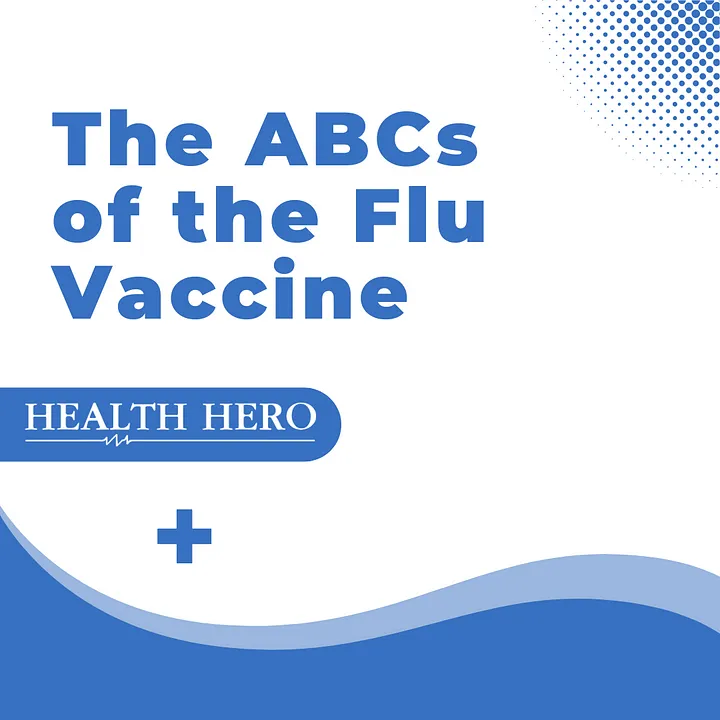Flu season is upon us, characterized by the spread of the influenza virus, bringing a range of symptoms that can be mild for some but severe for others. With their developing immune systems, children are particularly susceptible to the flu’s impacts. As we navigate this period, safeguarding our children’s health cannot be overstated.
Why Now is the Perfect Time
The influenza vaccine isn’t just about preventing the flu and building a stronger defense mechanism. It takes about two weeks post-vaccination for the body to develop the necessary antibodies to fight off the virus. By acting now, you ensure that when the peak of flu season arrives, your child’s immune system is primed and ready to ward off potential threats.
Beyond Just Health
The consequences of the flu aren’t confined to physical symptoms. A bout of influenza can mean missed school days, impacting a child’s learning and social interactions. Moreover, if a child contracts the flu, the risk of transmission to family members, especially the elderly or those with compromised immune systems, increases significantly. By vaccinating your child, you protect their health and contribute to the broader community’s safety.
Ease of Scheduling
With advancements in medical accessibility, scheduling a vaccine has never been easier. Many clinics and pharmacies offer walk-in flu shots, and schools often hold vaccination drives. With multiple avenues available, there’s no reason to delay this crucial step.
Peace of Mind
As parents and guardians, the well-being of our children is a constant concern. By vaccinating them against the flu, you’re granting yourself the peace of mind that comes with knowing you’ve done your utmost to shield them from potential harm.
“Prevention is better than cure.” As flu season intensifies, the choice to vaccinate is a clear one. It’s a decision rooted in care, foresight, and a commitment to health. Don’t let procrastination stand in the way of protection. Schedule your child’s flu vaccine today, and embrace the season with confidence and assurance.

